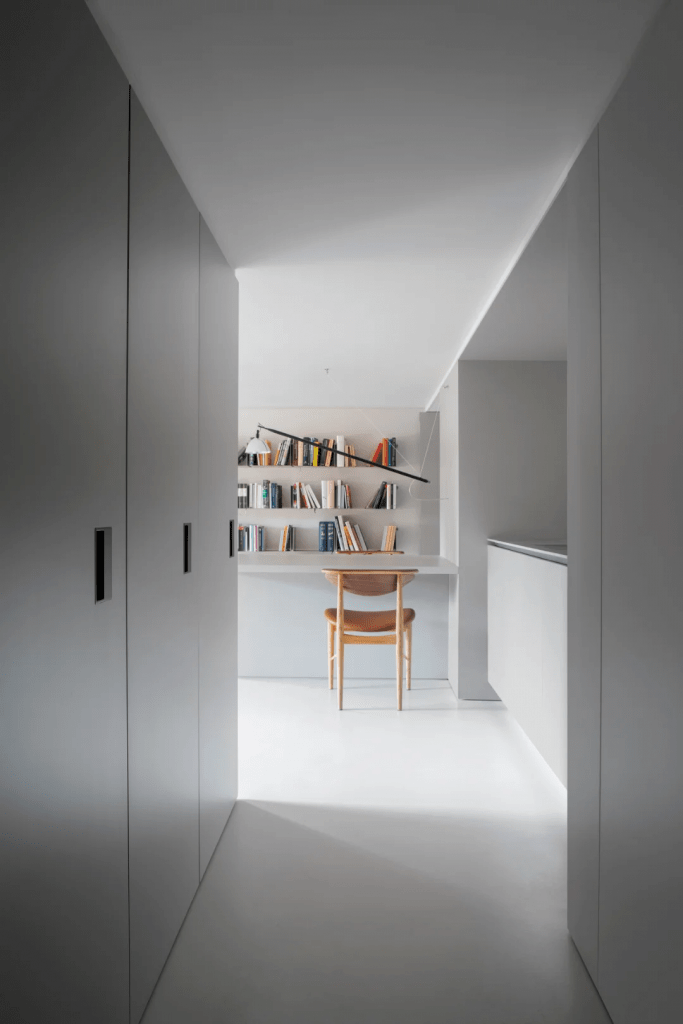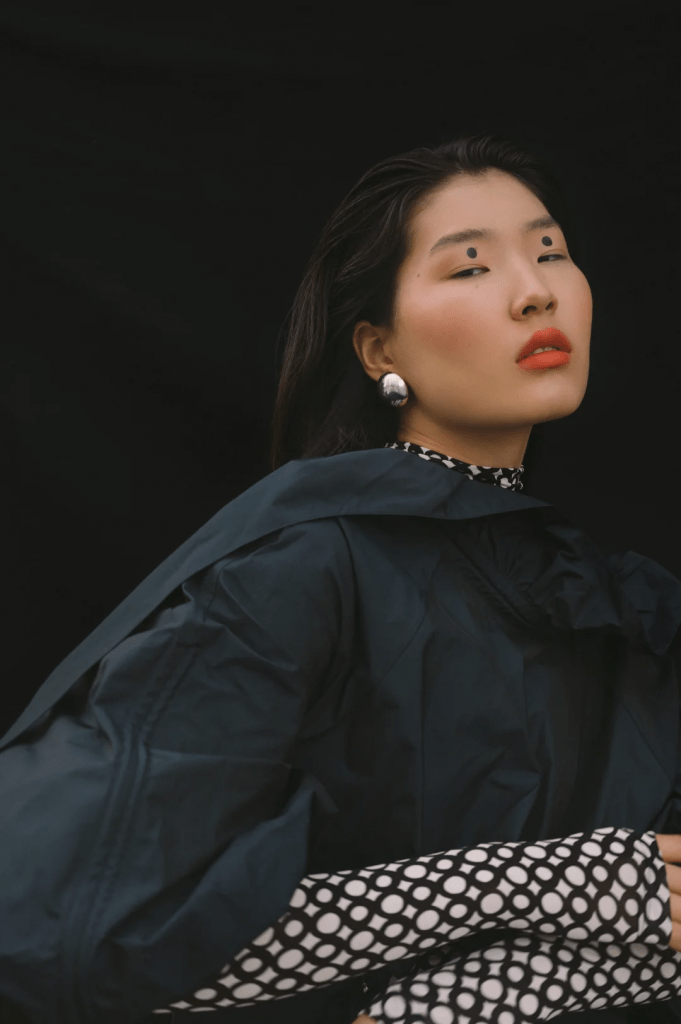In the competitive world of professional photography, standing out from other job applicants to secure an interview with a potential employer is an achievement.
And one of the biggest factors at your interview (besides your attitude and interview skills) is going to be the quality of the portfolio that you bring to the table.
If you’ve already got this far, you know what you’re doing as a photographer. So here are some tips on how to present a portfolio of your best work and land the job.
How many photos should go into a professional photography portfolio?
To answer this question, you’ll have to understand the three things you need to communicate in your portfolio:
1. Your skill level – this requires being selective about your shots and avoiding bulking up your portfolio with less-than-stellar images.
2. Your suitability for the job. Ensure your strongest images are relevant to the position and industry you are applying for.
3. Your versatility. Mix up your shots, from wide-angle to close range. Also, use a small selection of images to give an idea of what you are capable of outside of the niche you are applying for. Versatility communicates talent.
To meet the three requirements above you’re going to need to find a sweet spot where you can tick all three boxes.
If you are fortunate your potential employer may request a specific number of samples. But if they don’t, aim at using 10-15 of your strongest photos in your portfolio.
Unless asked to, do not submit several dozen images. You’ll detract from your better images and give yourself more chances to slip up with poor images while stretching the viewer’s attention span.
Think about impact
Put yourself in the shoes of an interviewer.
Photographer A brings you a portfolio of images, and during the interview has to explain to you what every image is about.
Photographer B brings you a portfolio of images, where each image tells a clear story and carries a strong impact.
What are you likely to remember? Someone’s explanation of their photo or an impactful image?
You don’t want to be photographer A.
While it may not be possible to make every image impactful, several of your images must demonstrate that you can capture images that are memorable and tell a story.
Include a photo story
A portfolio that features a disconnected series of images is missing something, no matter how great these images are.
Your interviewer needs to get an idea of how you can use a shoot to tell a coherent story with a series of related images.
You don’t need to make your entire portfolio tell a story. 4-5 images taken from a single shoot can tell a compelling story if you stick to the rule of keeping all your images impactful.
How should I present my portfolio?
Your interviewer may well answer your question by specifying how they want you to submit your portfolio in advance.
Even if this is the case, you should still have your portfolio available in more than one format to ensure you can produce the goods at short notice when job opportunities come up.
- You can use a traditional flat book that features your samples mounted on pages.
- Alternatively, you can present your portfolio as a coffee table book. There are many online services that can create high-quality coffee table books.
- Use a digital portfolio. This could be your own websites or a photography portfolio service like Cherrydeck.
- An e-book. Either your flat book or your coffee table book can be presented as e-books and shared as PDF files on digital channels.
- You can also present your portfolio as a slide show. PowerPoint is well-suited to this type of presentation, but you will need some design skills to achieve an optimal result.
Keep your portfolio up to date
If your portfolio is digital and public, there is no reason you shouldn’t update it whenever you identify stronger images that can sub out older, weaker images.
As far as your analogue portfolios go (i.e., physical flat books and coffee table books), doing updates twice a year will prevent updates from becoming too cumbersome and expensive.
Get to know what print portfolio formats are easy and inexpensive to keep up to date.
Get your portfolio reviewed
Getting a professional opinion on your portfolio can help you build perspective on your work and polish off any rough edges.
There are online services that offer this for free, for example the World Photography Organisation, which offers free reviews to a limited number of applicants.
Or you can approach a professional editor at a publication within your niche and offer to pay them to review your portfolio.
While this step can cost money, it will give you confidence in your work which will carry through to your interview.
Put your portfolio on Cherrydeck
Cherrydeck gives photographers the opportunity to easily create and share a portfolio and expose their work to potential employers searching for professional photographers online.
Signing up to our busy platform is 100% free. Once you have signed up with Cherrydeck you’ll also have access to:
- New commissions and collaborations made available on our platform.
- Tools to boost your Instagram reach and following.
- Discounts on software for creative professionals via our Partner Deals program.
- The ability to present your events to our large creative community.
Visit Cherrydeck now to find out more.




2 replies on “How to Make a Photography Portfolio for a Job Interview”